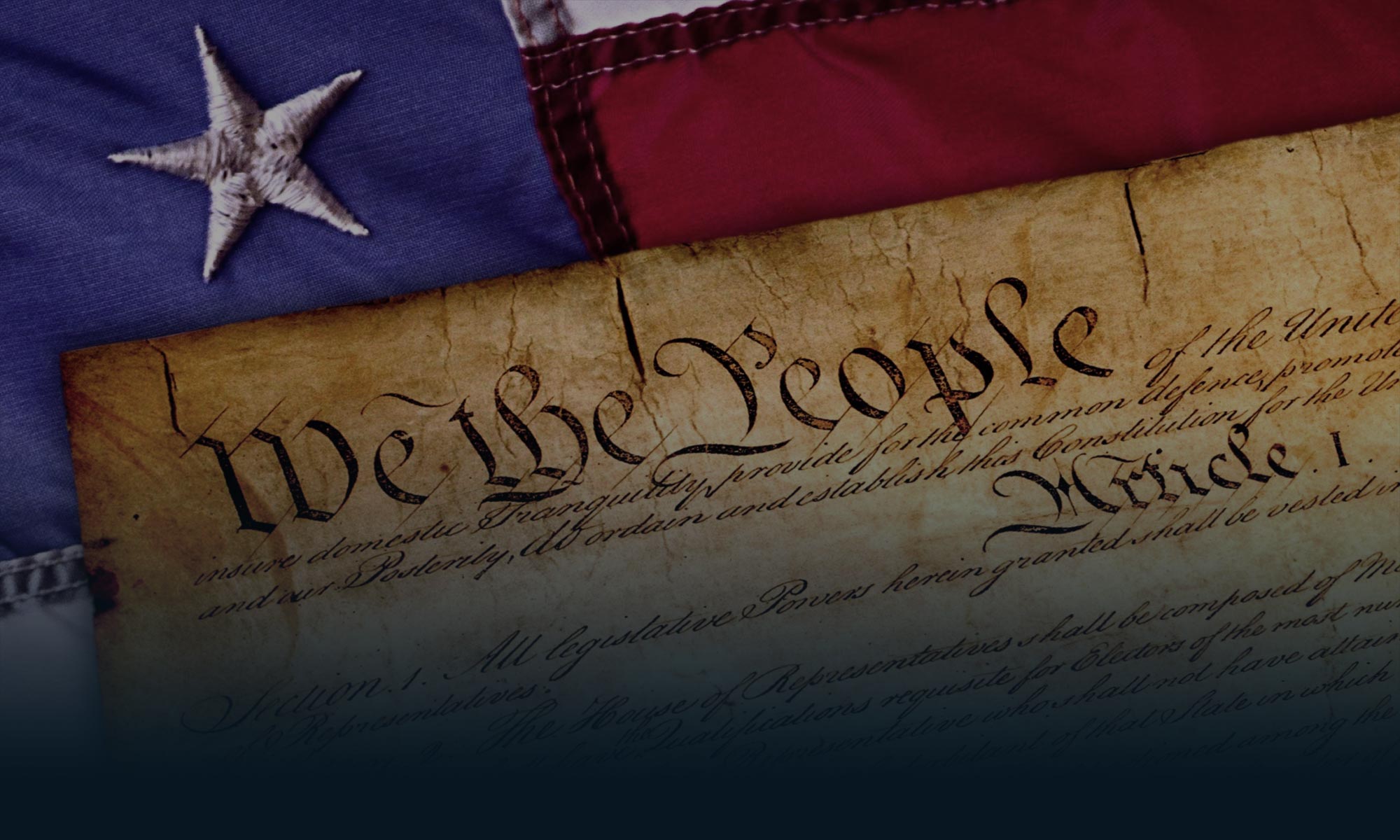FCC Chairman Ajit Pai has proposed the most reasonable of actions: repealing or revising 40-year-old media ownership rules that long ago outlived any marginal usefulness they might’ve once had.
This should be a no-brainer. But, Washington being what it is, entrenched interests and politicians bent on maintaining the status quo for their own purposes have pilloried Pai for trying to do something that should’ve been done decades ago.
First, the facts. On Oct. 26, Chairman Pai released an Order on Reconsideration and Notice of Proposed Rulemaking. This proceeding seeks to accomplish the following:
- Eliminate the Newspaper/Broadcast Cross-Ownership Rule;
- Eliminate the Radio/Television Cross-Ownership Rule; and
- Revise the Local Television Rule to eliminate the Eight-Voices Test and to incorporate a case-by-case review provision in the Top Four Prohibition.
The proceeding would also seek to eliminate the attribution rule for television Joint Sales Agreements; retain the disclosure requirement for commercial television Shared Services Agreements; keep the Local Radio Ownership Rule; and create an incubator program to encourage new and diverse voices in the broadcast industry.
Chairman Pai’s desire to eliminate certain ownership rules is based on the correct premise that the rules do not reflect the realities of today’s media environment. “Not only have the means of accessing content changed dramatically, but the media marketplace has seen an explosion in the number and variety of sources of local news and information since the Commission adopted the NBCO Rule in 1975,” the Order states at para. 17.
That’s a bit of an understatement when one considers the media landscape of the mid-’70s: no Internet, no smartphones, no tablets. No digital news content. No satellite TV or satellite radio. Far fewer channels on cable systems, and little or no original cable programming. No CNN or Fox News or MSNBC.
But the explosion in media is nothing new – in fact it was in full swing 20 years ago. The FCC reviews of ownership rules that followed in 2002, 2006, and 2010 also found media environments that were vastly different from that of 1975. But for a variety of political, legal, and procedural reasons, no meaningful reforms were undertaken.
The explosion in media depth and breadth is a critical point here. Most FCC ownership restrictions have been premised in whole or part on the concept of media scarcity – that is, media outlets were considered a scarce resource and thus the FCC thought it had an obligation to make sure the views expressed through those scarce media outlets were as diverse as possible.
This “viewpoint diversity” principle was always suspect from a First Amendment standpoint. The First Amendment is intended to protect speakers from government-imposed censorship – not to ensure that listeners receive a variety of viewpoints.
Since the FCC is prohibited by law from regulating content, it has always used ownership diversity as a proxy for viewpoint diversity, employing the questionable assumption that many different media owners would offer many different viewpoints. Thus the panoply of regulations on numbers of stations that could be owned in a market or in total, cross-ownership bans, etc. But the First Amendment flaw (and terrific irony) here is that the FCC was trying to promote the voices of some media owners by stifling the voices of others – who also happened to have free-speech rights.
Unfortunately, this First Amendment argument never received a full and robust hearing in the courts. But the undeniable explosion in media content – and particularly digital media content – renders moot any remaining shred of the media scarcity argument.
“We find … that prohibiting newspaper/broadcast combinations is no longer necessary to serve the Commission’s goal of promoting viewpoint diversity in light of the multiplicity of sources of news and information in the current media marketplace and the diminished voice of daily print newspapers,” the Order states at para. 9.
Likewise, the Commission proposes to repeal the Radio/Television Cross-Ownership Rule, finding that the rule “is no longer necessary to promote viewpoint diversity in local markets.” Furthermore, as the Order states at para. 65, “we cannot justify retaining the rule … based on the unsubstantiated hope that the rule will promote minority and female ownership.” The Commission’s proposals to eliminate the Eight Voices Test and modify the Top Four Prohibition for television stations similarly recognize the vibrancy of today’s media marketplace.
Repealing outdated ownership rules such as these is not merely an attempt by the Commission to clear out regulatory deadwood. It is an acknowledgment that broadcasters need to be freed from archaic governmental constraints if they are to compete effectively in today’s media world. Broadcasting is moving inexorably toward economies of scale – and indeed must seek economies of scale – just to survive in the face of competition from tech giants like Facebook and Google. Newspapers, of course, continue to suffer their own financial woes and would benefit from any relief. This is all the more important because of the key role broadcasters and newspapers play as the sources of local news in their communities – they are the originators, not the aggregators.
Chairman Pai has pursued the right course of action by proposing to eliminate some of the most egregious media ownership rules and to modify others. If the Commission follows through, broadcasters will be able to compete more effectively on today’s highly digitized playing field – just as many newspapers should realize a critically needed economic boost from new ownership arrangements. The real winners will be consumers, who should see more and better news coverage about their local communities.
Richard T. Kaplar is Executive Director of The Media Institute. He is the author of Cross Ownership at the Crossroads (The Media Institute, 1997), arguing for repeal of the Newspaper/Broadcast Cross-Ownership Rule.

